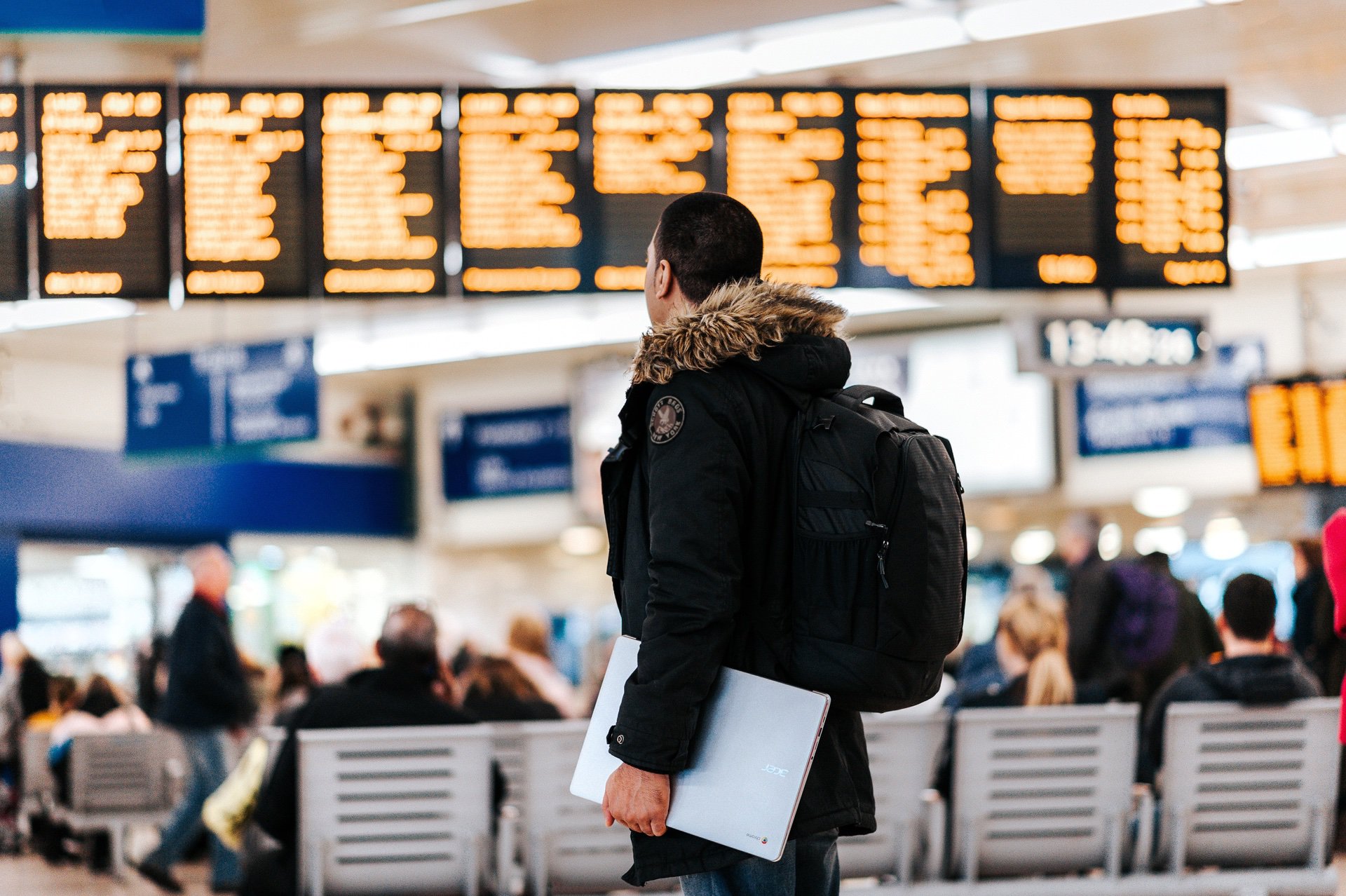Tourism has long been regarded as an effective tool for addressing economic inequality. Governments invest in tourism in the hope that the benefits will trickle down to lower-income groups through the employment of local people and businesses.
“In the tourism industry, we’re always looking at the economic impact of tourism,” says Yang Yang, associate professor and Arthur F. McGonigle Research Fellow at the School of Sport, Tourism and Hospitality Management (STHM).
The primary understanding of tourism’s impact has often focused on income inequality. However, Yang argues that there may be a missing piece to understanding that impact.
“There is an idea in our work that tourism makes some economic injection to the local communities, but they are not distributed evenly,” says Yang, adding that although wages may increase, an inequitable gap still exists. “So, in this case, [tourism] boosts economic inequality, which is not sustainable.”
Yang and his fellow researchers found that despite the extensive examination of tourism and inequality in the literature, income and wealth inequality have rarely been examined together. Even more surprising is that no empirical studies have been conducted so far in this area of wealth inequality, which focuses more on an individual’s net worth.
“There are some studies that take a look at tourism growth’s impact on some of the economic inequality issues,” Yang says. “The problem is that they are focusing on the income, like the wage.”
So, Yang and his fellow researchers broadened the understanding of economic inequality in their study to make sure that wealth inequality was also considered.
The researchers decided to examine the relationship between inbound tourism and economic inequities by looking at both income and wealth. Their paper “Is Tourism Growth Capable of Reducing Economic Inequalities? A DSGE Analysis” represents one of the pioneering efforts in exploring the effect of tourism growth on wealth inequality.
In their research, the group selected Iceland as their case study. Previous tourism studies mostly investigated low-income countries and island countries that were tourism dependent. Iceland has experienced a recent tourism boom and continues to experience a growth in wealth inequality, providing the researchers with an interesting data set.
Using government data, they ran a simulation of an open economy of Iceland that included a tourism goods sector and a housing market.
“Basically, we made a macroeconomic model to divide the economy into different components and to mimic the earnings of different workers depending on their skillset,” explains Yang.
The multiple groups of decision-makers in the model economy were inbound tourists, domestic households consisting of high-skilled and low-skilled workers, as well as entrepreneurs, including real estate owners.
They found that inbound tourism had the opposite effects on income inequality and wealth inequality. So, while tourism can potentially reduce income inequality, it unambiguously increases wealth inequality, or the overall disparity in net worth.
An increase in tourism created an increased demand for rentals which resulted in more real estate purchases by entrepreneurs. This raised housing prices—causing those who may have just earned a higher wage to have higher bills to pay. Those who owned rental properties increased their net worth due to the increased value of their properties.
“In other words, we can’t just use income inequality to measure economic inequality,” says Yang.
Wealth was typically more unequally distributed than income, creating a larger gap between different economic classes.
What they found provides a more accurate picture of the effects of tourism. The tourism sector can primarily reduce income inequality through the creation of new job opportunities. However, the redistributive effect of tourism may favor the rich, thus leading to further economic inequality.
Wealth is accumulated in two ways: either from building savings via income or through capital gains, such as housing and property. Tourism, however, affects savings and capital gains in the opposite way: through spending of savings or additional investment in properties.
So, what can governments and local agencies do with these insights?
Yang makes the case that governments wanting to combat economic inequality in their countries can face a tradeoff when formulating tourism-related policies that only focus on income.
“Destination management and local government need to come up with some ideas if they really see this intensify the wealth inequality,” Yang says. He suggests that these entities can propose different taxation and regulation policies to mitigate these effects.
It’s not enough to see a reduction in income inequality as a marker of success. With this research, leaders can create measurements or tools to monitor the income and wealth gap related to tourism together.
“So when [local destination management] are trying to make a more sustainable model of tourism, they also have to monitor the wealth inequality to measure the economic impact of tourism to make this industry more sustainable,” says Yang.
These lessons can apply in the field to the classroom. As future leaders, STHM students’ understanding of tourism’s impact on income and wealth inequality will be valuable in careers in government policy and local destination management. The lessons from this study can be applied to sustainable tourism, a growing and ever important field.
